15 Fascinating Riddles of Earth
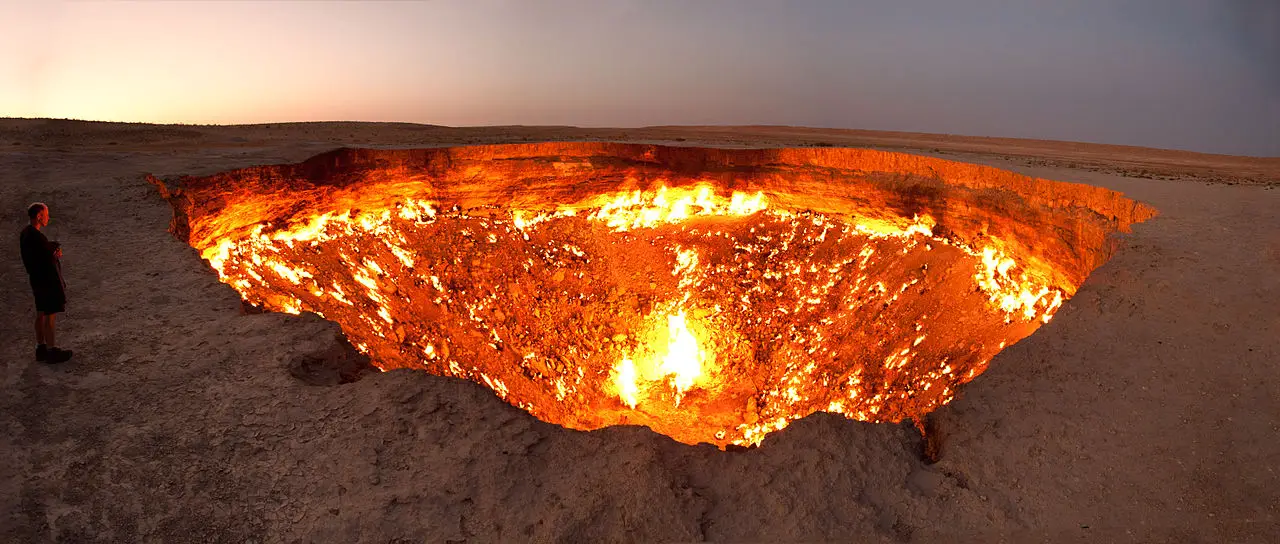
Despite the incredible technologies we have today, the Earth is still full of mysteries – from man-made and natural to outright supernatural.
Whether it’s a man-made pit of fire that hasn’t stopped burning for over 40 years,
Russia’s anomalous Area 51 or eerie post-apocalyptic guidestones built by a mysterious man, our planet never fails to surprise us with more haunting and curious places to discover.
1. The Door to Hell, Turkmenistan
Photo credit: Martha de Jong-Lantink
The Door to Hell is a man-made pit of fire that hasn’t stopped burning for over 40 years. In 1971, Soviet engineers started drilling into a cavern of natural gas in Derweze village in Turkmenistan. The drilling rig collapsed, creating a hole of 70 meters diameter. To prevent a release of poisonous gas, the engineers burned the hole. But it’s still on fire today.
In 2015, famous explorer George Kourounis was the first person to descend into the Door to Hell.
2. Vashon Island Bike Tree, India
Photo credit: Rod Waddington
A mysterious bike from 1910s has grown into a tree in Vashon island, seemingly eaten by the forest. There are many speculations about how this could have happened, from a young boy chaining his bike before the World War I to a sapling that has growth around the bike. Nobody knows the truth yet.
3. The Eye of the Sahara, Sahara Desert
Photo credit: Wikimedia Commons
The Richat structure, also known as the Eye of the Sahara, is a spectacular 40 km circular dome from Late Proterozoic near Mauritania. The structure is home to a variety of unique hydrothermal features and effects.
According to NASA, the Richat Structure “has attracted attention since the earliest space missions because it forms a conspicuous bull’s eye in the otherwise rather featureless expanse of the desert”.
Initially thought of as an asteroid or extraterrestrial impact trace, the Richat was discovered to be a deeply eroded geologic dome.
4. Alien-like cave paintings in Charama, India
Photo credit: Times of India
10000-year old cave paintings discovered in 2014 by archaeologists in the Chhattisgarh state of the Charama region in India depict mystical creatures, wearing strange suits and holding weapon-like objects. Particularly noteworthy is that the creatures stand motionless in a group, which is rare for cave paintings that usually show characters in action, like hunting.
Archaeologist JR Bhagat contends that the drawings could very likely depict aliens, reinforcing the paleocontact hypothesis – the idea that Earth was visited by extraterrestrials thousands of years ago.
The tribal residents of the Chandeli and Gotitola villages, where the caves are located, worship ancient “Rohela people” who, according to the legend, were mysterious small creatures that abducted villagers from the sky.
Whether a work of imagination or a real proof of alien life, the paintings are sure a fascinating sight.
5. The Crooked Forest, Poland
Photo credit: Lisa
Located in a large forest of absolutely straight pine trees, The Crooked Forest is a grove of strangely-curved trees bent northward in Nowe Czarnowo, Poland. The reason why the trees are bent remains a mystery.
The grove was planted in 1930 in then German Pomerania. It is generally believed that the trees were modified by a human technology or tools, but the motive for that is not known.
6. Moai Giant Head Sculptures, Easter Island, Chile
Photo credit: Wikimedia Commons
Moai are larger-than-life 887 human statues carved by the Polynesian Rapa Nui people on the Easter Island in Chile between 1250 – 1500 CE. Moai represent the living faces of sacred ancestors.
The statues are regarded as a marvellous feat of creativity and physical transportation. Paro, the tallest of the statues, reaches almost 10 meters in height and 82 tons in weight.
Although largely unknown to tourists until the 1990s, Moai actually have underground bodies that were discovered in 1919 and re-discovered by Thor Heyerdahl during his expeditions to the Easter Island. Today archaeologists are still continuing to uncover new mysteries of the island.
7. The Georgia Guidestones, United States
Photo credit: Lisa
Dubbed as the modern-day Stonehenge, Georgia Guidestones are a mysterious granite monument erected in Elbert County Georgia in the 1980. The stones are remarkable for a set of 10 “post-apocalyptic” guidelines in 8 modern languages, with a shorter message written in 4 ancient languages – Classical Greek, Babylonian, Sanskrit and Egyptian hieroglyphs.
The guidestones were commissioned by an unknown man, R.C. Christian. His motives are unknown, and the only person – an employee of a local granite firm who made the stones – has refused to talk about the matter.
The monument includes a number of astronomical instruments, as well 10 puzzling guidelines, some of which are highly controversial such as “Maintain humanity under 500,000,000 in perpetual balance with nature”. The explanatory tablet cites that the stones were sponsored by “a small group of Americans who seek the Age of Reason”. It is speculated that the monument was erected by a secret society with a goal to create a “new world order”. As a result, the stones are often defaced with graffiti messages, but nonetheless remain a highly popular tourist sight.
8. Dragon Blood Trees of Socotra, Yemen
Photo credit: Rod Waddington
The island of Socotra in the Arabian Sea is unique for its biodiversity and endemic species. One of the most striking examples is the Dragon Blood tree with its otherworldly, umbrella-like shape and red sap, which was believed to be the blood of the dragons.
9. Nazca Lines, Peru
Photo credit: Marie Thérèse Hébert & Jean Robert Thibault
Located in the Nazca Desert of Southern Peru, Nazca lines are fascinating ancient geoglyphs created between 500 BC and 500 AD that can be seen in full glory only from the sky.
Drawings vary from simple forms to complex depictions of spiders, lizards, monkeys, birds, lamas, orcas and flowers. The general consensus is that the lines are religious art created for Nazca gods to be seen from the sky. The geoglyphs could also be used as an astronomical observatory or to indicate complex irrigation systems. The exact purpose of the lines is unknown.
They were designed by removing red pebbles and revealing white ground underneath. Many locals often report mysterious UFO sightings and the area is a hotspot for extraterrestrial tourism.
10. The Magnetic Hill, India
Photo credit: Wikimedia Commons
The Magnetic Hill on the Leh-Kargil-Baltik National Highway in India is a mysterious spot where cars and motorists are pulled uphill.
Originally it was thought that the alignment of the road with the hill gives the illusion of the cars drifting upwards or the presence of a strong magnetic field. However, a group of engineering students discovered that the phenomena was due to gravity.
The Magnetic Hill is a popular spot among domestic tourists in India.
11. Living Root Bridges, India
Photo credit: 2il org
India is home to many strange phenomena on Earth and probably deserves its own toplist.
In one of the wettest places of Northeast India, Cherrapungi, mystifying living tree bridges connect passages between rivers and hard-to-cross areas. Seemingly a work of nature, the trees are actually shaped by local tribes using betel nut trunks and figs.
The hollow trunks help guide the fig in the right direction and take root on the other side. The bridges can take up over 15 years to grow, but they are extremely strong and continue to grow all the time. Some of the most ancient bridges could be over 500 years old.
12. Sailing Stones, California
Photo credit: Wikimedia Commons
In the Death Valley of California, rocks and stones move without any human or animal interventions, creating strange and unique trails and patterns. Much has been speculated about why the stones move, from supernatural causes to wind – although some stones weigh as much as human.
In 2014, thanks to a timelapse video footage it was discovered that rocks move with the flow of melting thin sheets of ice shove.
13. The M Triangle, Russia
Photo credit: prm.ru
One of the most revered hotspots of UFO enthusiasts, often dubbed as Russia’s Area 51, the Molebka triangle is a notorious geo-anomaly in the Perm Anomalous Zone. The triangle is known for frequent UFO sightings, purple balls in the sky and “frozen sounds” – a noise of an approaching car or truck that never seems to come.
The area was discovered in 1980s by a Permian ufologist Emil Bachurin who witnessed a purple ball that left a 62-meter diameter hole on the ground. Since then the triangle has become a pilgrimage site and the area was found to have a powerful bio-location anomaly. Some people even report miracles, feeling happier and healthier after the visit and wanting to come back again.
It is said that the indigenous Mansi people considered the area to be sacred. Mansi believes are frequently mentioned in relation to the infamous Dyatlov Pass incident on the Kholat Syakhl mountain, which Mansi called the Dead Mountain.
14. Perfectly Round Stones of Costa Rica
Photo credit: Wikimedia Commons
Las Bolas, located on Isla Del Cano and Diquis Delta, are over 300 perfectly round petrospheres made from granodiorite by human hands. The balls range in size from a few centimetres to several meters.
They are often attributed to the ancient Diquis culture of Costa Rica.
The purpose of the balls is unknown. Many were found in arrangements of curved and straight lines, or even triangles and rhomboids, which led to speculations that the balls were used as astronomical and navigational tools.
15. Atacama Desert, South America
Photo credit: Wikimedia Commons
Due to its resemblance to Mars, the Atacama desert has long been a popular testing site for future Mars missions and sci-fi films, including the television series Space Odyssey: Voyage to the Plants. It has also been used for solar car racing in 2012.
Bordering Peru, Bolivia, Chile and Argentica, the desert is an ideal spot for astronomical observatories, due to its clear view of the sky and lack of radio interference. Today the desert hosts the revolutionary ALMA observatory designed to study star and planet formations billions of light years away with the hope of discovering the origins of life and universe.
Of course, the desert is the cause of frequent UFO speculations, including the recent mystery of the Ata skeleton who had an irregularly shaped skull and 10 ribs and was thought to be an alien.The skeleton turned out to be human.


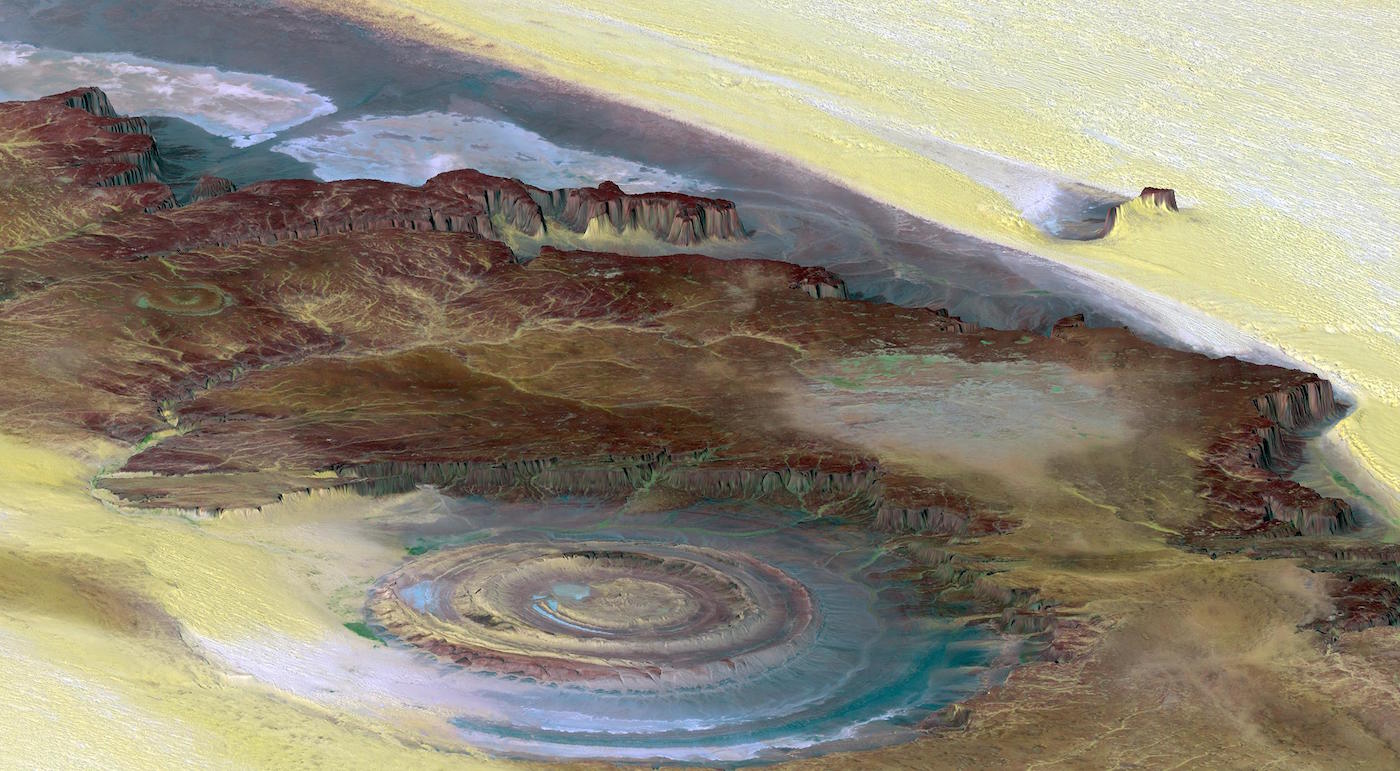
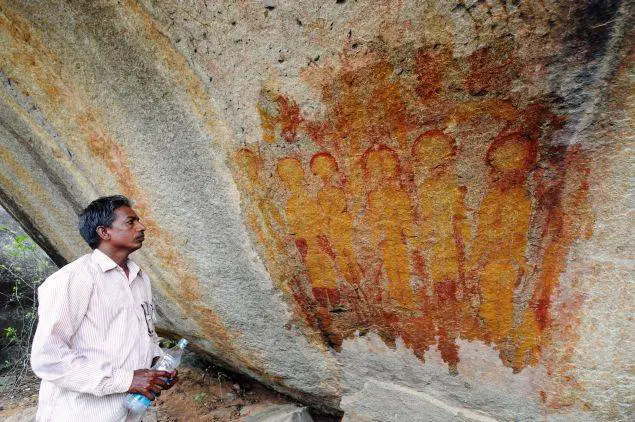
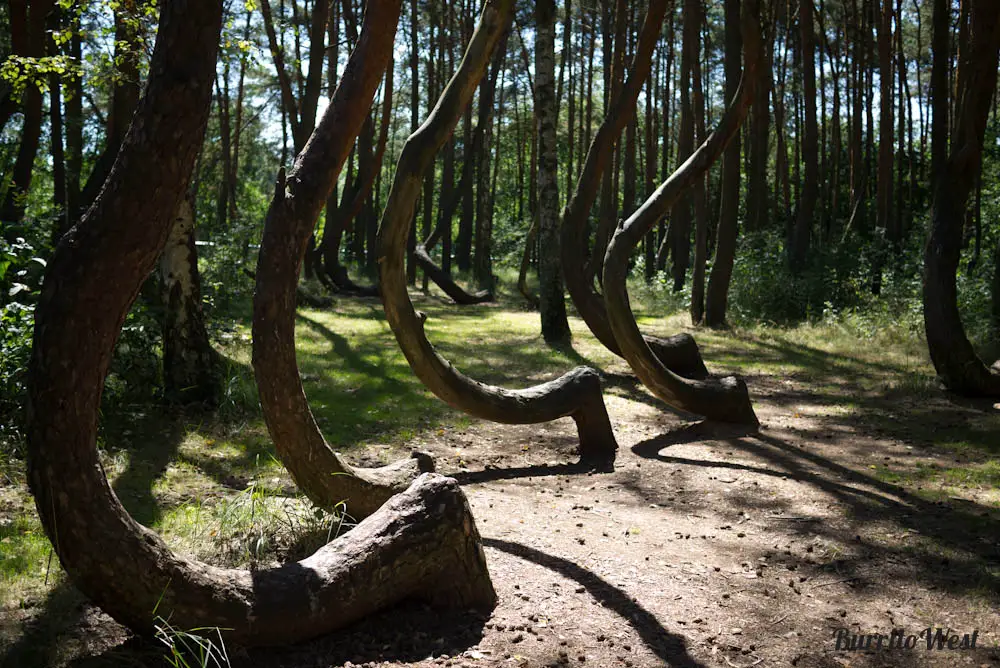
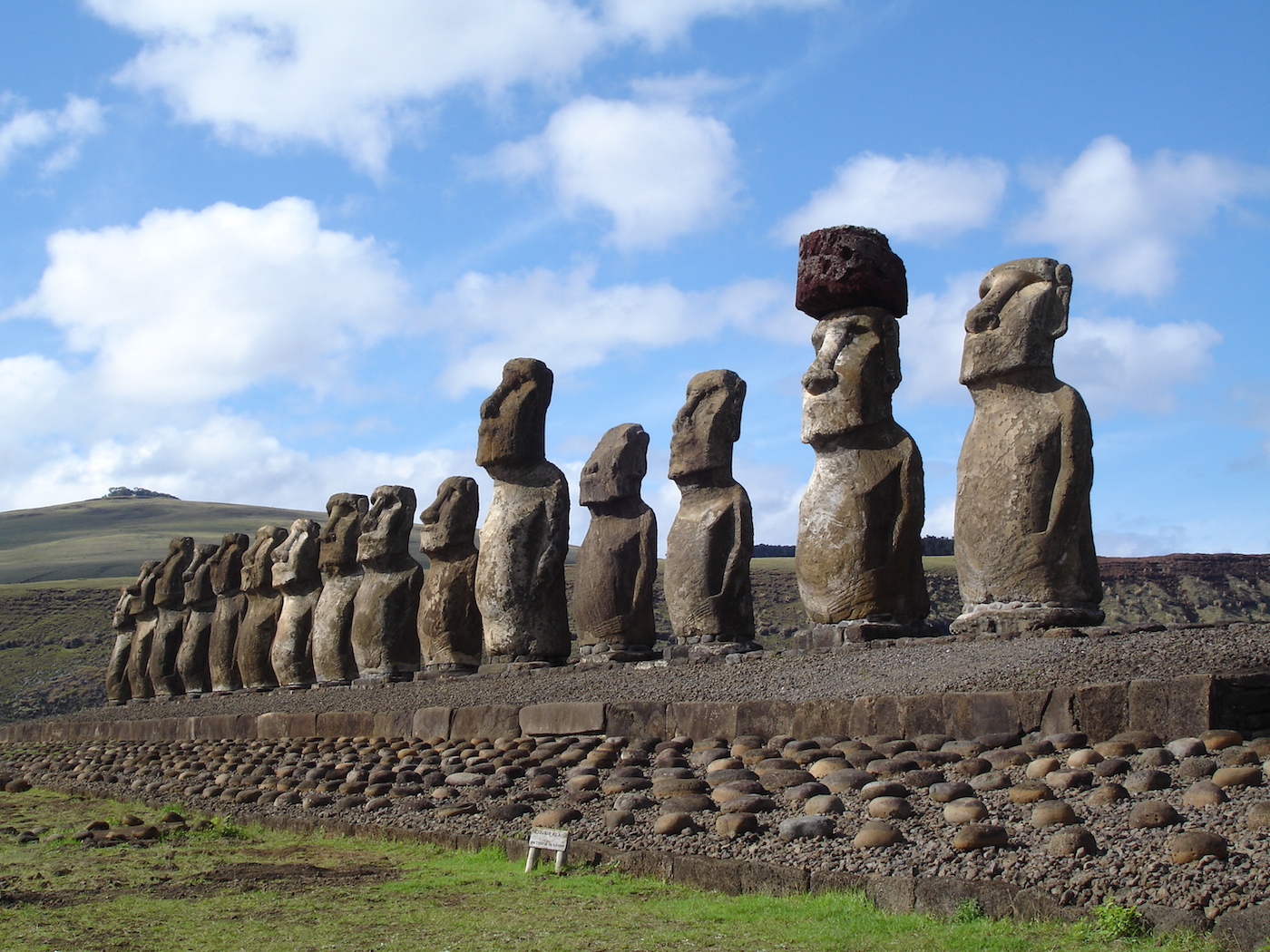
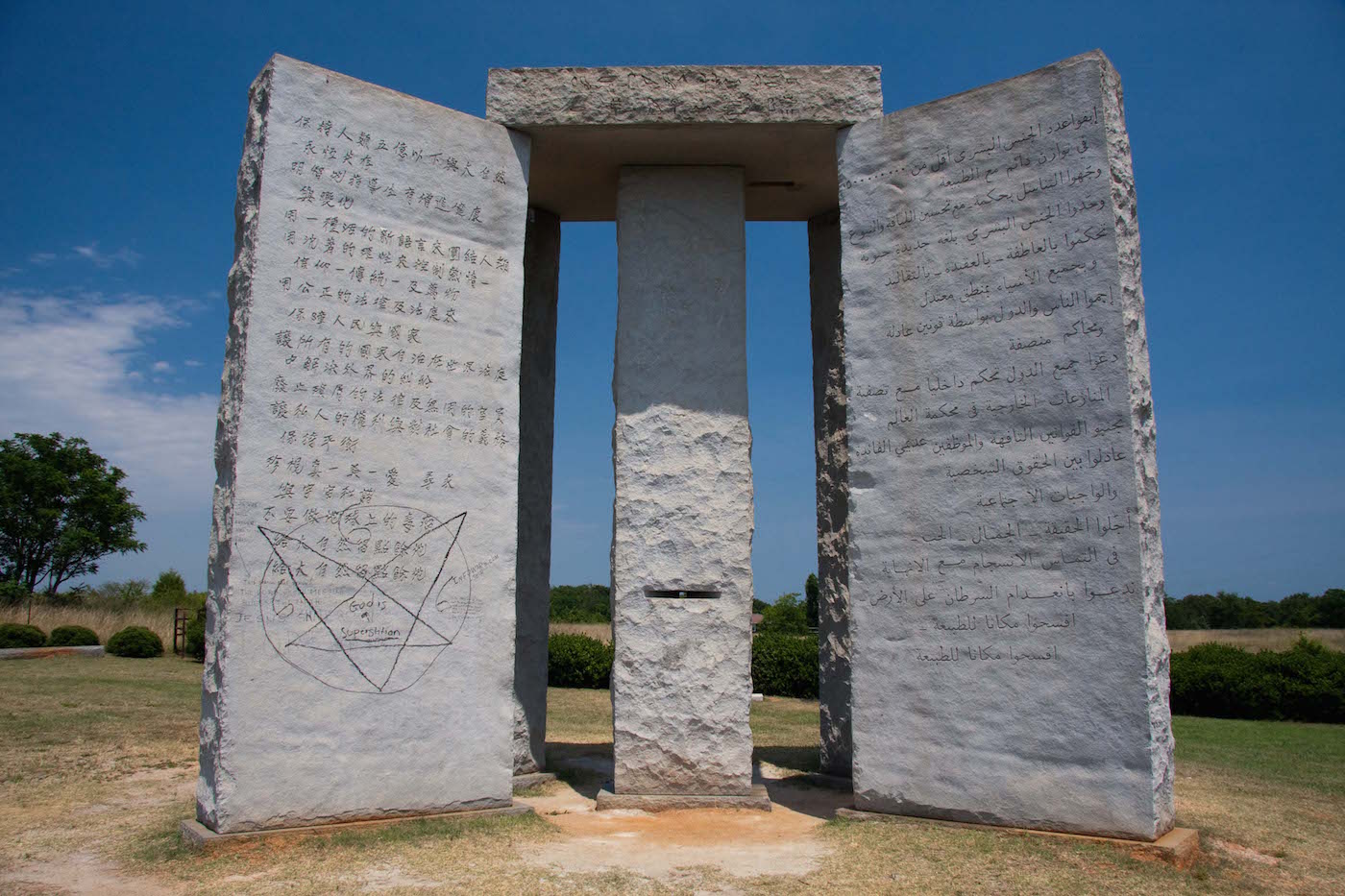
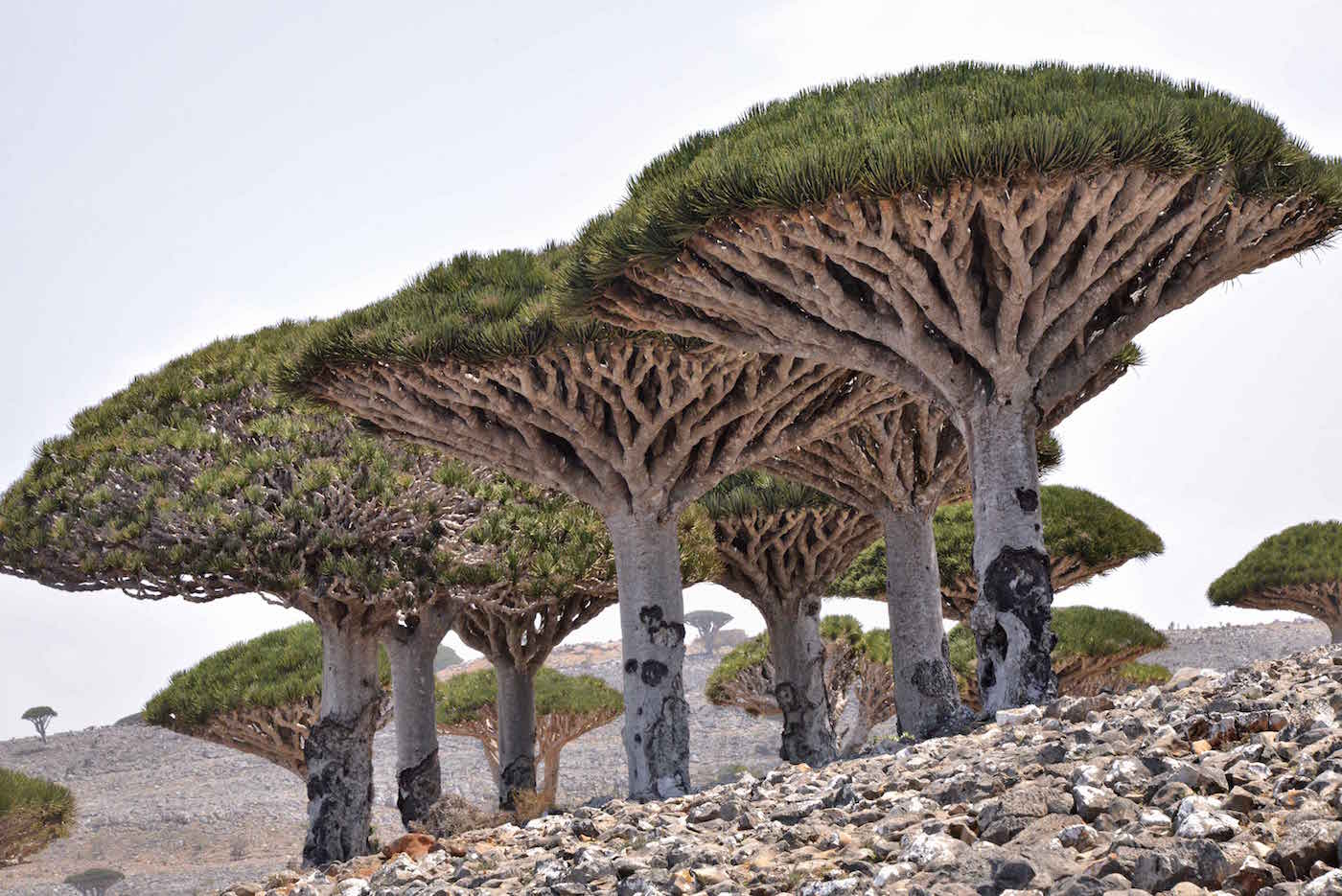
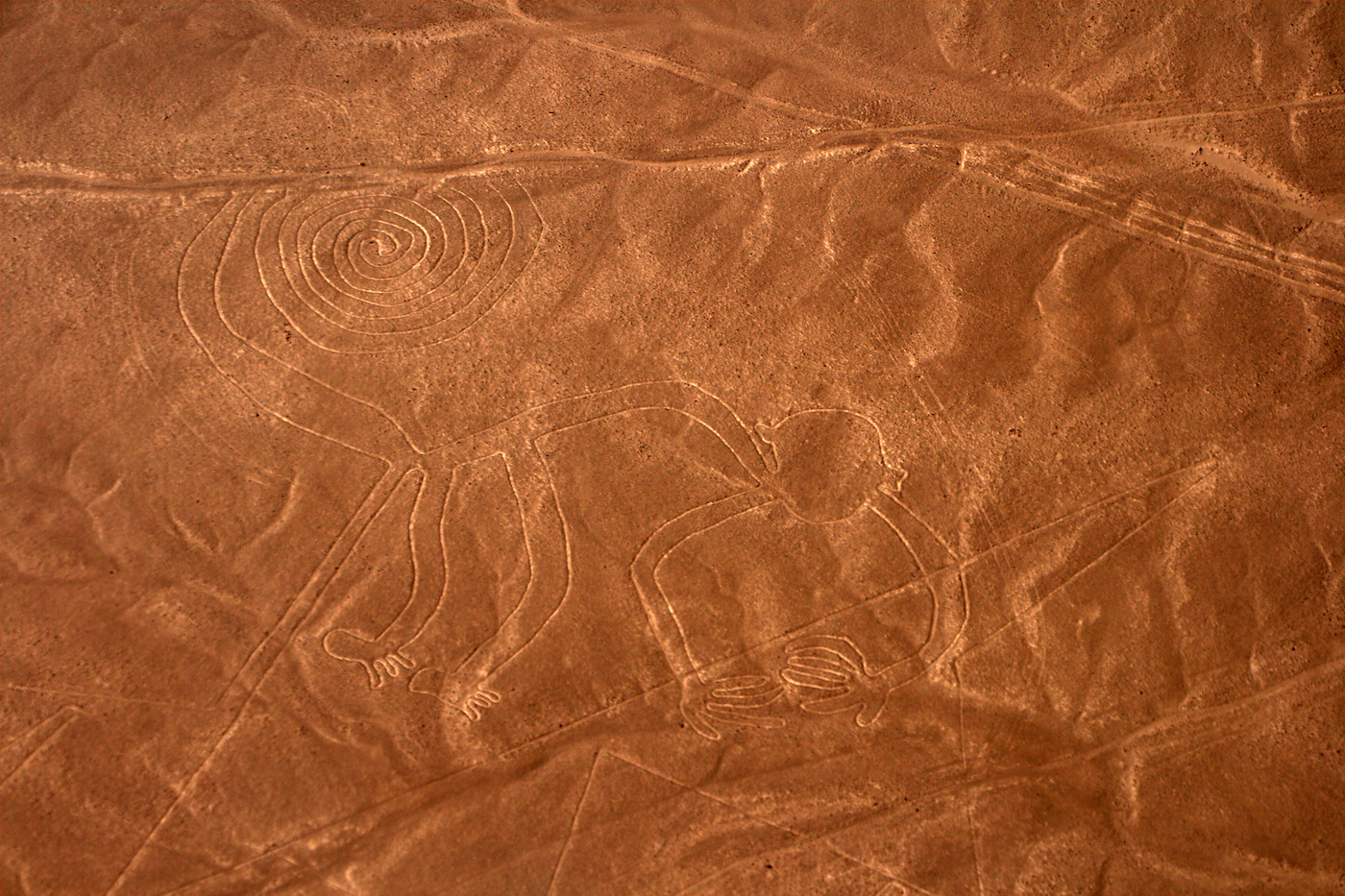
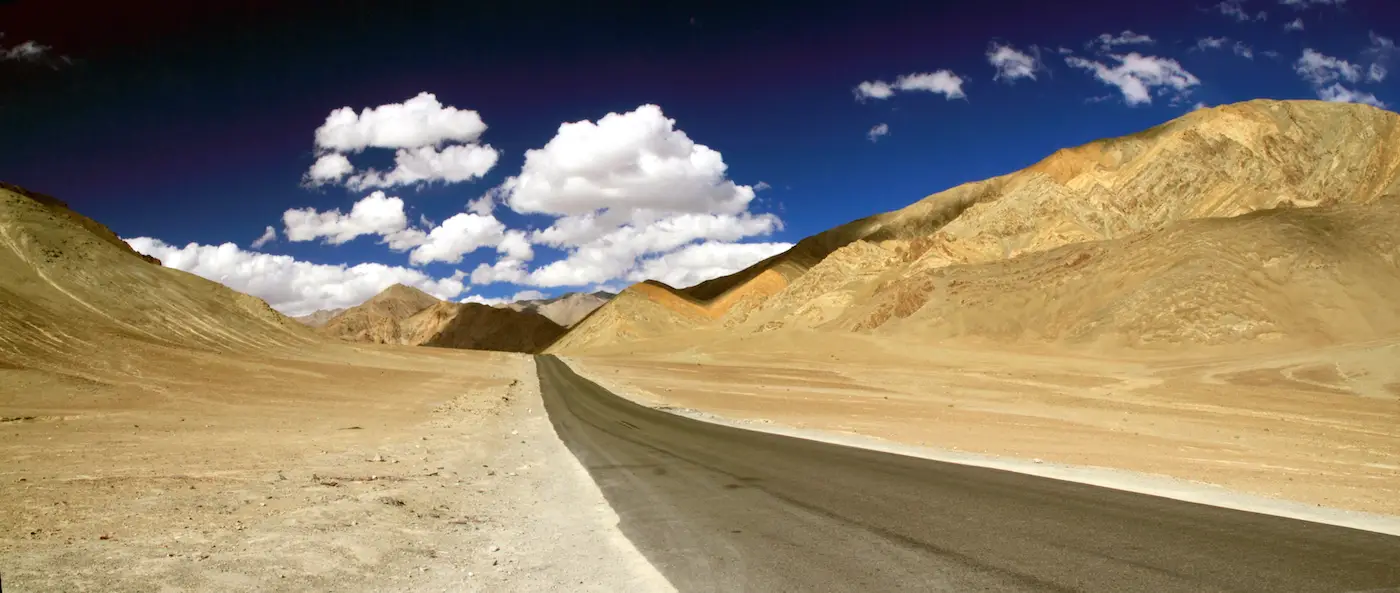
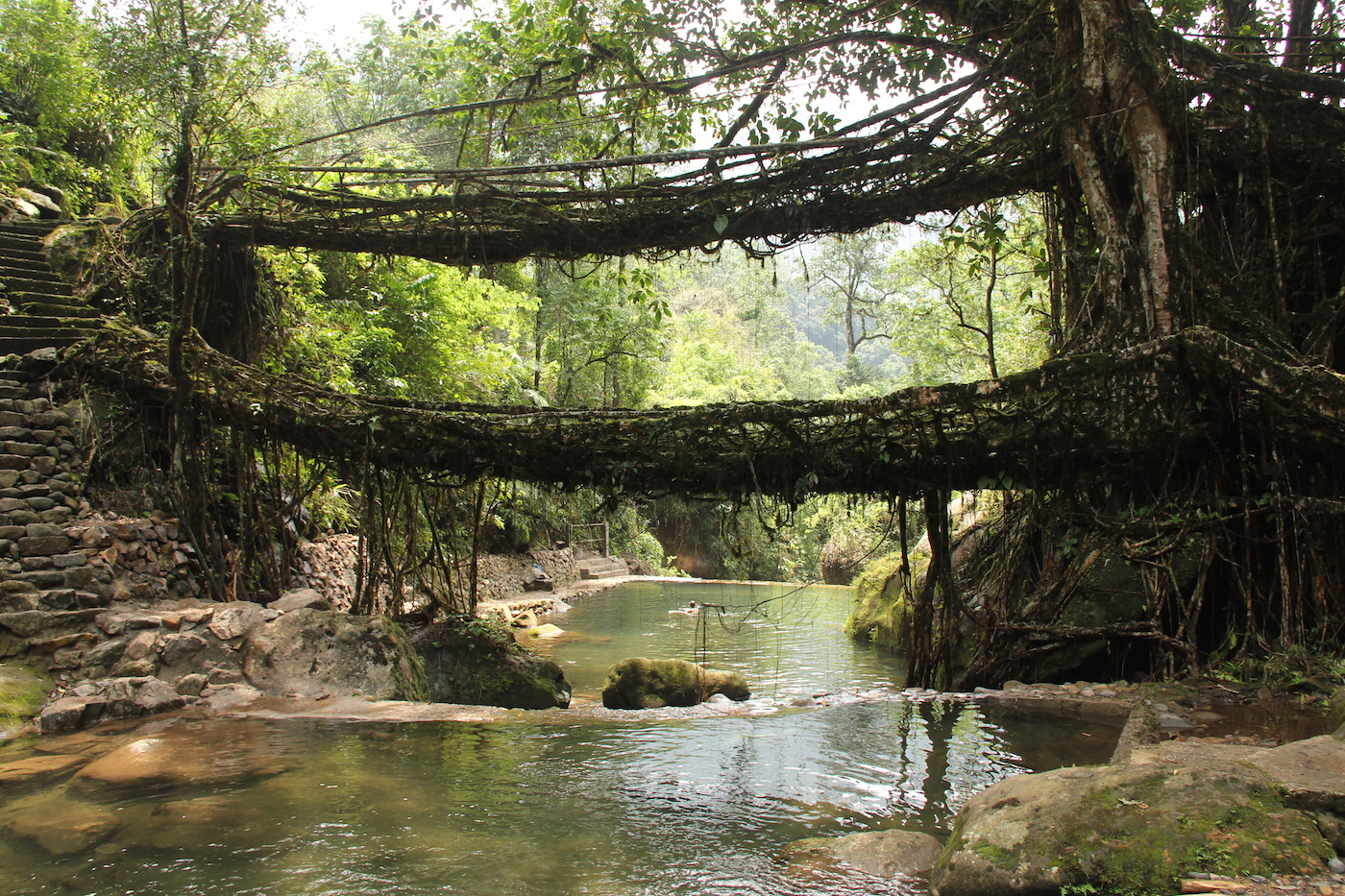
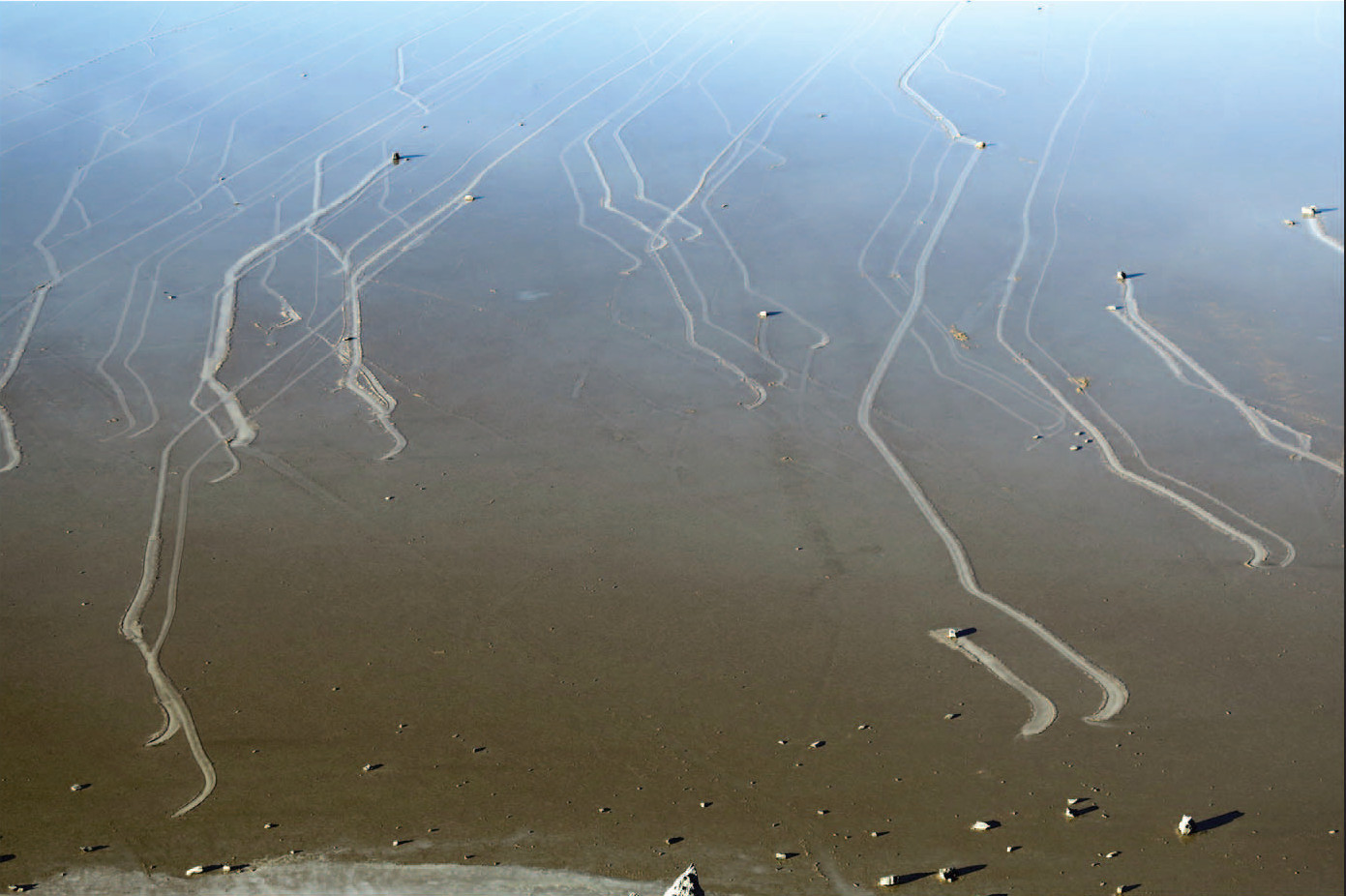

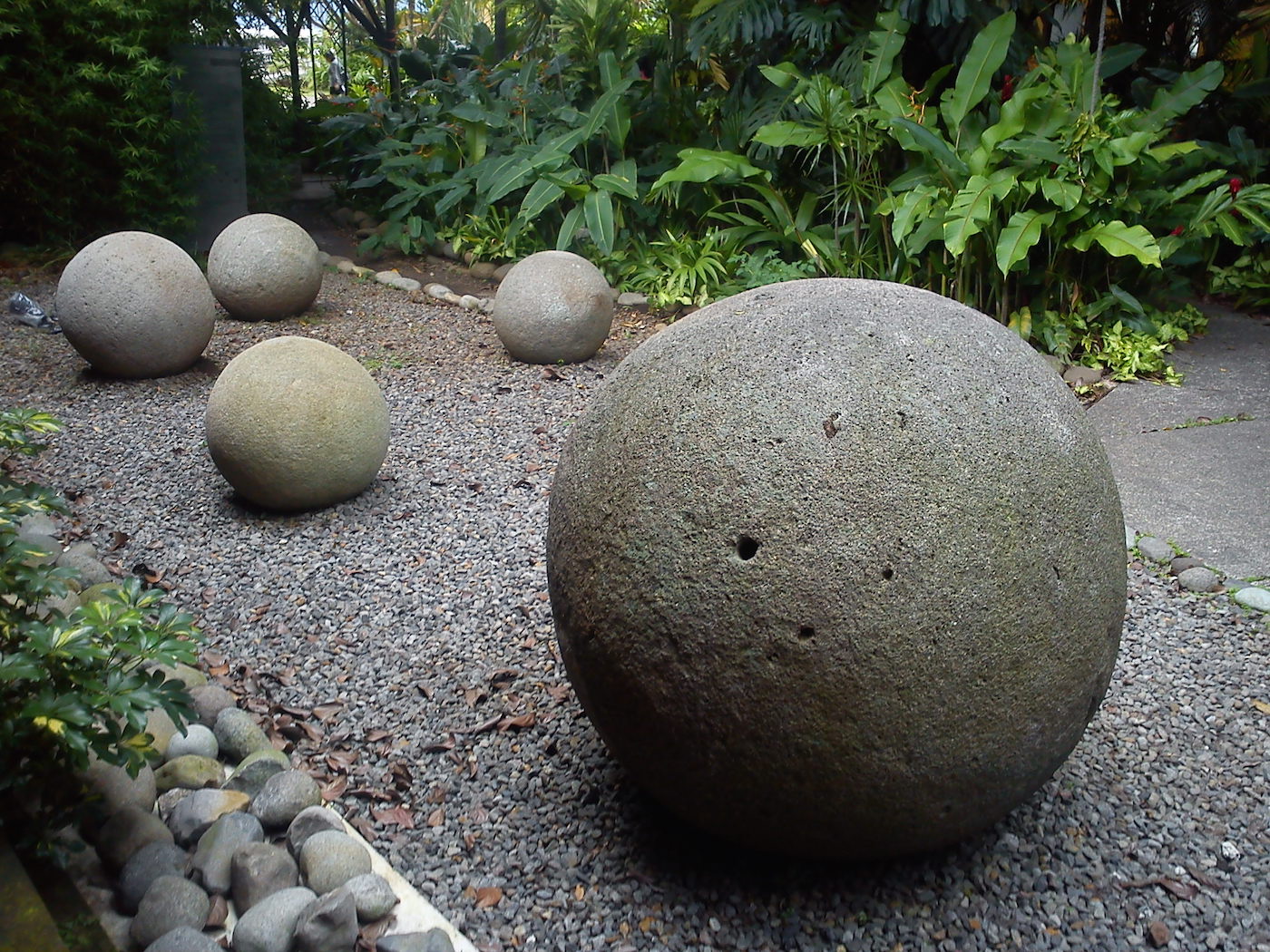
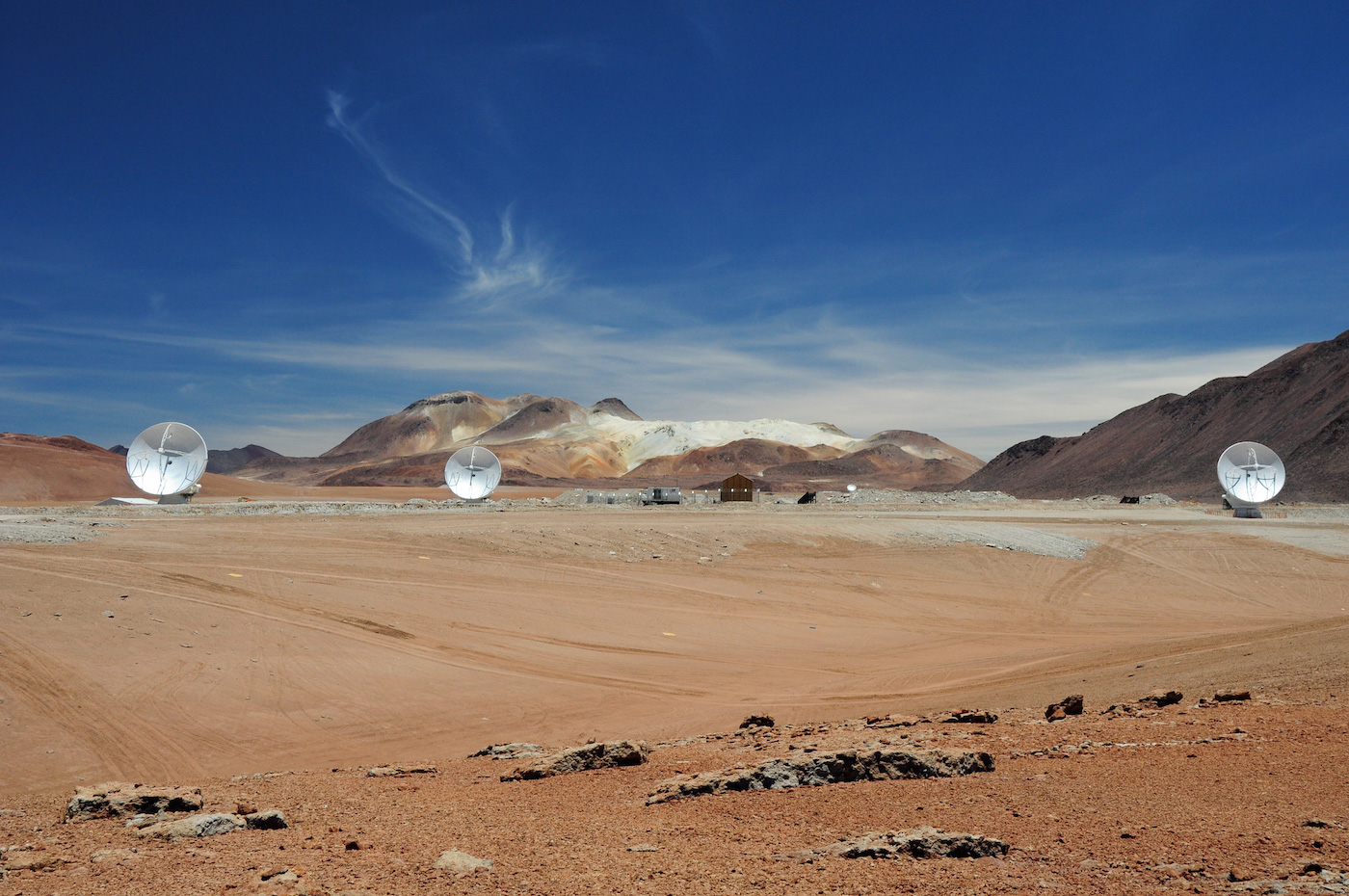
A truly fascinating post and I have been to 2 of these. Will have to backpack the others someday!